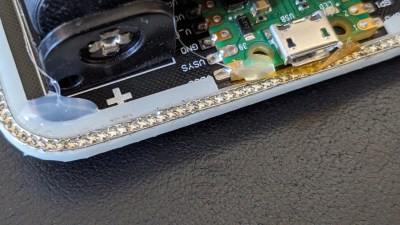Selling your hardware hacks is a great way to multiply your project’s impact, get your creations into others’ hands, and contribute to your hacking-related budget while at it. If you’re good at it, your store begins to grow. From receiving a couple orders a year, to getting one almost every day – if you don’t optimize the process of mailing orders out, it might just start taking a toll on you.
That is not to say that you should worry – it’s merely a matter of optimization, and, now you have a veritable resource to refer to. At Supercon 2023, [MakeItHackin]/[Andrew] has graced us with his extensive experience scaling up your sales and making your shipping process as seamless as it could be. His experience is multifaceted, and he’s working with entire four platforms – Tindie, Lectronz, Etsy and Shopify, which makes his talk all that more valuable.
[MakeItHackin] tells us how he started out selling hardware, how his stores grew, and what pushed him to automate the shipping process to a formidable extent. Not just that – he’s developed a codebase for making the shipping experience as smooth as possible, and he’s sharing it all with us.
Continue reading “Supercon 2023: MakeItHackin Automates The Tindie Workflow”


















